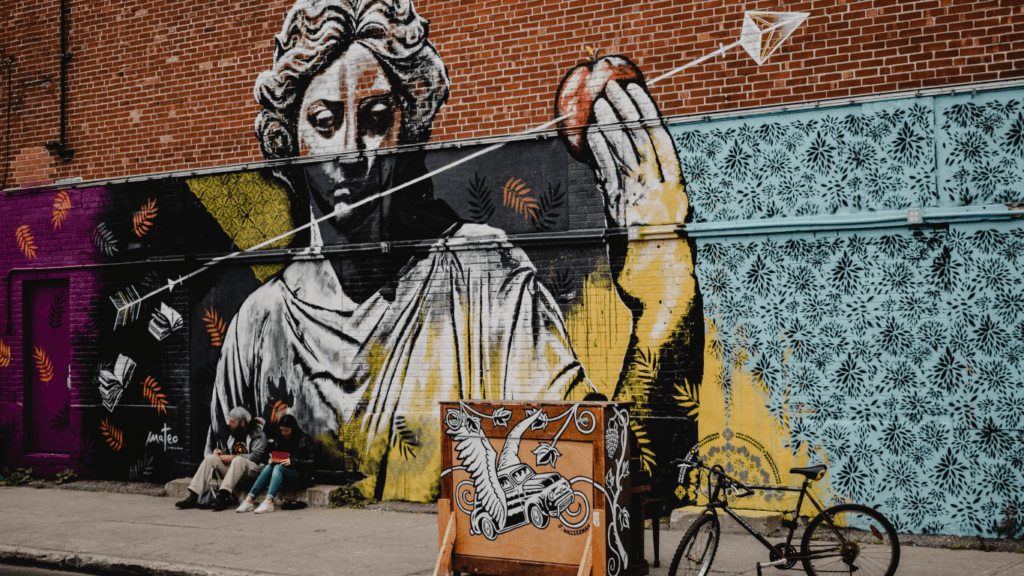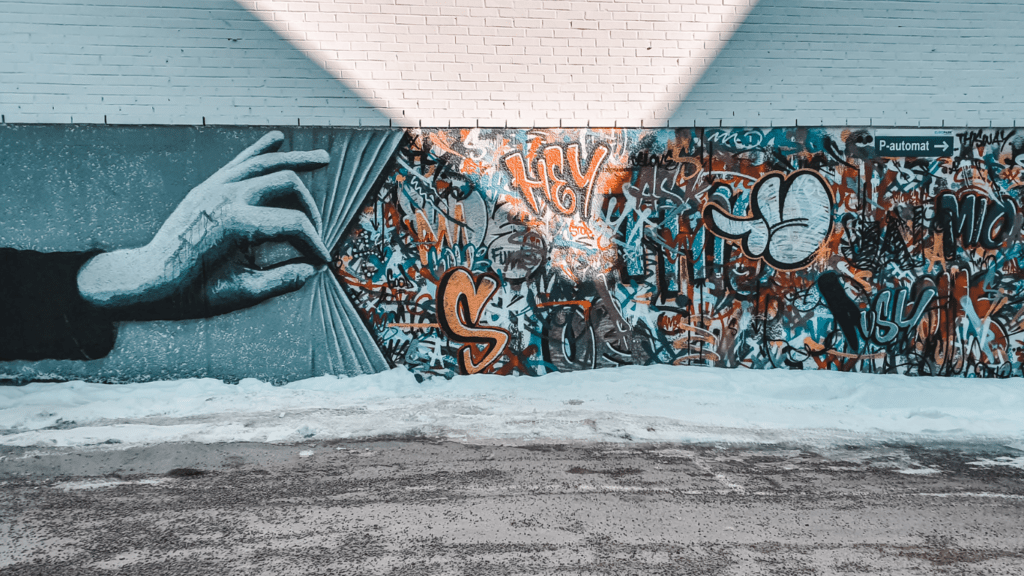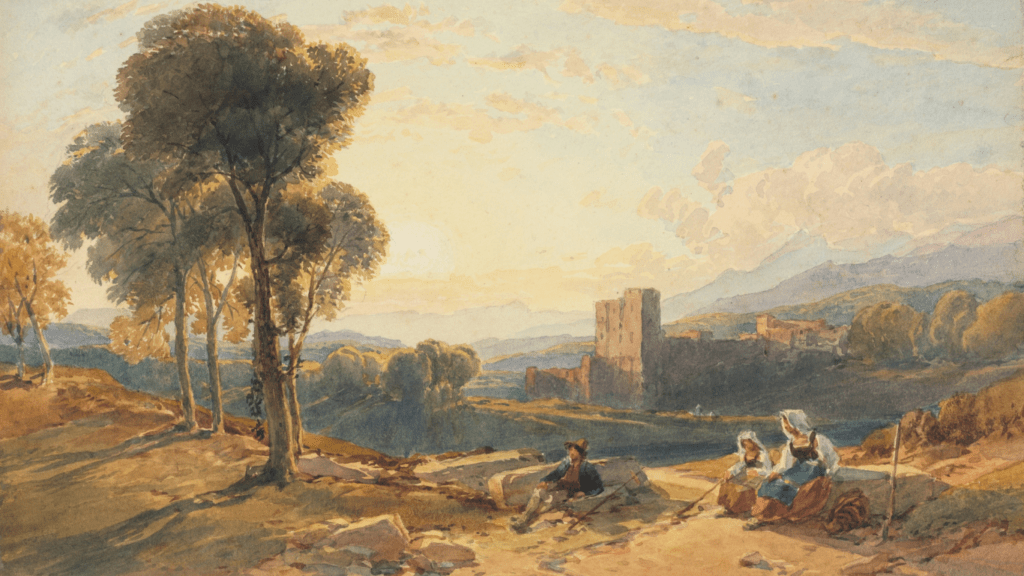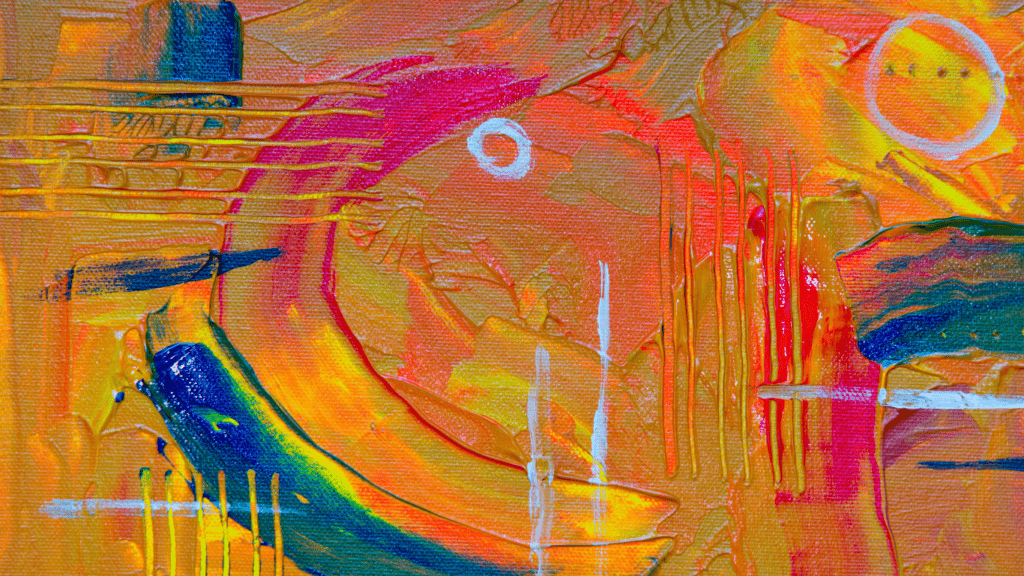The Evolution of Street Art
Street art has undergone a significant transformation over the decades. From its obscure roots to its contemporary recognition, this movement has paved new paths in artistic expression.
Early Beginnings
Street art’s early beginnings can be traced back to ancient civilizations. In Pompeii, ancient graffiti reflected everyday life and social commentary. Moving to the late 1960s, political activists and counterculture groups used public spaces for slogans and imagery. These rudimentary forms of street art were more about messaging than aesthetics.
The Rise of Graffiti Culture
Graffiti culture emerged prominently in the 1970s, particularly in New York City. Graffiti artists, or “writers,” began tagging subway trains and buildings with their unique signatures. This era saw the rise of iconic figures like Taki 183 and Cornbread, who transformed graffiti from simple tagging to more complex and elaborate designs. The movement spread globally, with cities like Paris and Berlin becoming graffiti hotspots by the 1980s.
Modern Street Art
Modern street art transcends traditional graffiti, embracing diverse mediums and styles. Artists like Banksy use stencils for poignant social and political commentary, while others like Shepard Fairey blend street and graphic art. Cities around the world now commission murals, recognizing street art’s ability to beautify urban landscapes and engage communities. This shift from vandalism to respected art form highlights the dynamic and evolving nature of street art in contemporary society.
Key Influences and Styles
Street art’s global movement stems from a range of influences and showcases diverse styles. This section examines the cultural factors and prominent techniques that shape this dynamic art form.
Cultural Influences
Several cultural influences drive street art. Urban environments serve as the canvas, reflecting local identities and social issues. Historical contexts, such as the civil rights movement and anti-establishment sentiments, push artists to express political views publicly. Cultural exchanges through global travel introduce new ideas and methods, enriching local scenes. In cities like Berlin and São Paulo, street art voices the struggles and hopes of residents, connecting communities.
Prominent Styles and Techniques

Street art employs various styles and techniques. Graffiti remains foundational, characterized by its bold, colorful lettering and tags. Murals offer large-scale visual narratives, often commissioned by cities to transform urban spaces. Stencils provide precision and repeatability, used effectively by artists like Banksy. Wheatpaste posters allow rapid deployment and intricate designs, popularized by Shepard Fairey. Yarn bombing adds a tactile, whimsical element to the streets, contrasting traditional graffiti.
| Style | Key Characteristics | Notable Examples |
|---------------|-----------------------------------------------|-------------------------|
| Graffiti | Bold, colorful lettering and tags | Subway art, NYC |
| Murals | Large-scale, visual narratives | Wynwood Walls, Miami |
| Stencils | Precision, repeatability | Banksy's works |
| Wheatpaste | Rapid deployment, intricate designs | Shepard Fairey's posters|
| Yarn Bombing | Tactile, whimsical installations | Knitted trees, public fixtures |
These styles and techniques reflect street art’s ability to adapt and respond to its surroundings, making it a resilient and ever-evolving form of expression.
Iconic Street Artists
Street art has produced some of the most recognizable and influential artists in the contemporary art scene. Here are key figures who have shaped the movement.
Banksy
Banksy, a British artist, remains anonymous yet his work is globally renowned. Banksy employs stencils to create provocative pieces often with social and political themes. Examples include the “Girl with a Balloon” and “Rage, the Flower Thrower.” His work in public places like walls and bridges challenges the conventional art world’s norms. Banksy’s elusive identity adds an element of intrigue that enhances his cult status.
Shepard Fairey
Shepard Fairey, an American artist, gained fame from the “Obey Giant” campaign featuring wrestler Andre the Giant’s image. His iconic “Hope” poster of Barack Obama, created during the 2008 presidential campaign, became a symbol of political optimism. Fairey utilizes stencils, wheatpaste posters, and murals, often incorporating intricate patterns and bold colors. His work bridges the gap between street art and graphic design, making it accessible and impactful.
Invader
Invader, a French artist, is known for his mosaic tile installations resembling characters from the 1978 video game Space Invaders. These mosaics are found in cities worldwide, forming part of his “Invasion” project. Examples of his work can be seen in Paris, New York, Tokyo, and more. Invader maps his installations, turning his street art into a global game of discovery. His blend of digital culture with traditional art forms provides a unique commentary on modern society.
These iconic street artists have significantly influenced the landscape of urban art, pushing boundaries and inspiring new generations of artists. Each has a distinct style yet shares a common goal: making art accessible to the public and provoking thought and dialogue.
Street Art Around the World
Street art has become a global phenomenon, with distinctive styles emerging from different regions. Let’s explore street art’s unique manifestations across various continents.
North America
Street art in North America, particularly in the United States, gained prominence in the 1970s through graffiti in New York City. Artists like Jean-Michel Basquiat and Keith Haring brought street art into the mainstream. Today, urban centers like Los Angeles, Miami, and Chicago feature expansive murals and installations. Cities, now recognizing street art’s value, often commission local and international artists to create pieces that enrich communities.
Europe
Europe’s street art scene is vibrant and diverse. Cities like Berlin, London, and Paris serve as hubs for this art form. Berlin’s East Side Gallery, a 1.3-kilometer section of the Berlin Wall painted by international artists, stands as a historical testament to art and freedom. London hosts works by famed artists like Banksy, whose politically charged pieces draw global attention. Paris, with its blend of classic and contemporary styles, showcases art in neighborhoods like Belleville and Le Marais.
Asia
Asia’s street art movement has grown significantly, with cities like Tokyo, Seoul, and Bangkok leading the way. Tokyo’s Harajuku area is known for its eclectic mix of graffiti and murals, influenced by pop culture and traditional Japanese art. In Seoul, large-scale murals and abstract pieces beautify urban landscapes. Bangkok’s street art often addresses social and political themes, with artists like Alex Face drawing international acclaim for their thoughtful and provocative works.
Latin America
Latin American street art is deeply rooted in cultural and historical contexts. Cities like São Paulo, Mexico City, and Buenos Aires boast vibrant street art scenes. São Paulo’s sprawling murals, known as “grafite,” reflect the city’s dynamic social dialogues. Mexico City’s murals pay homage to indigenous heritage and historical events, drawing inspiration from artists like Diego Rivera. Buenos Aires merges traditional Argentine motifs with contemporary styles, making its streets a canvas for diverse artistic expressions.
Social and Political Impact
Street art isn’t just about aesthetics; it’s deeply woven into the social and political fabric of our global communities. Artists use their work to voice powerful messages that resonate across cultures.
Activism Through Art
Artists harness street art as a tool for activism. Stencils, murals, and graffiti often depict urgent social issues. For example, Banksy’s works have spotlighted themes like:
- war
- consumerism
- environmental destruction
These visual messages foster dialogue and provoke thought among viewers. Community murals in areas facing economic hardship or political strife often embody local struggles and aspirations, making art an accessible platform for advocacy.
Public Reactions
- Public reactions to street art vary widely.
- In some cities, authorities commission murals to beautify urban spaces and celebrate culture, such as Berlin’s East Side Gallery.
- Conversely, some communities view unauthorized graffiti as vandalism.
- Street art can spark debates about property rights, artistic expression, and social values.
- Shepard Fairey’s “Hope” poster for Barack Obama’s 2008 campaign evoked strong reactions, both positive and negative, highlighting the power of street art to engage and polarize.





